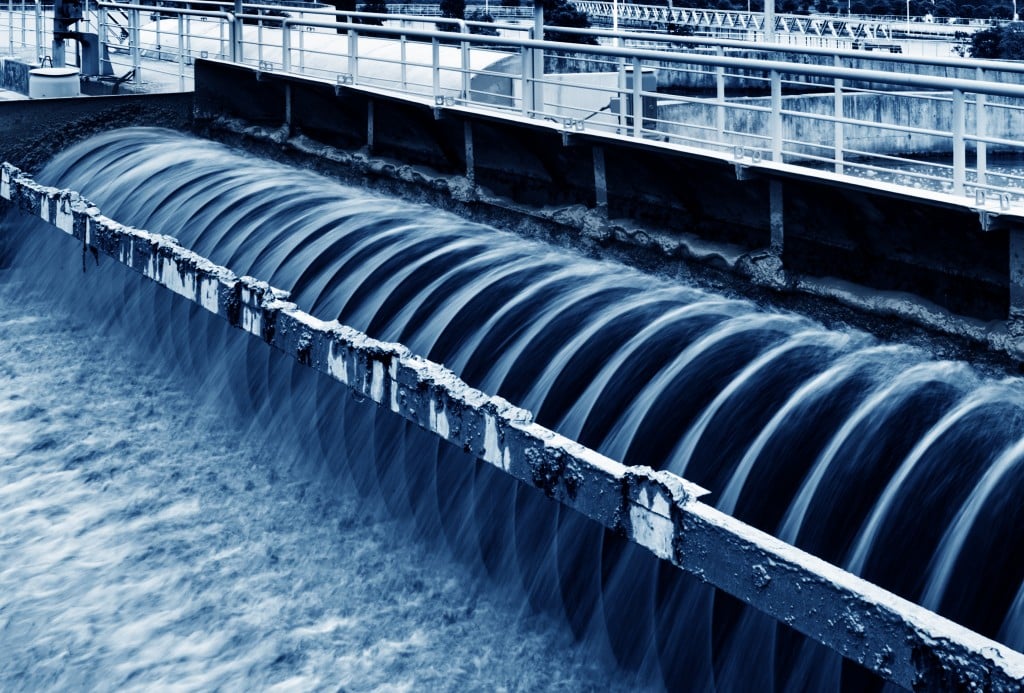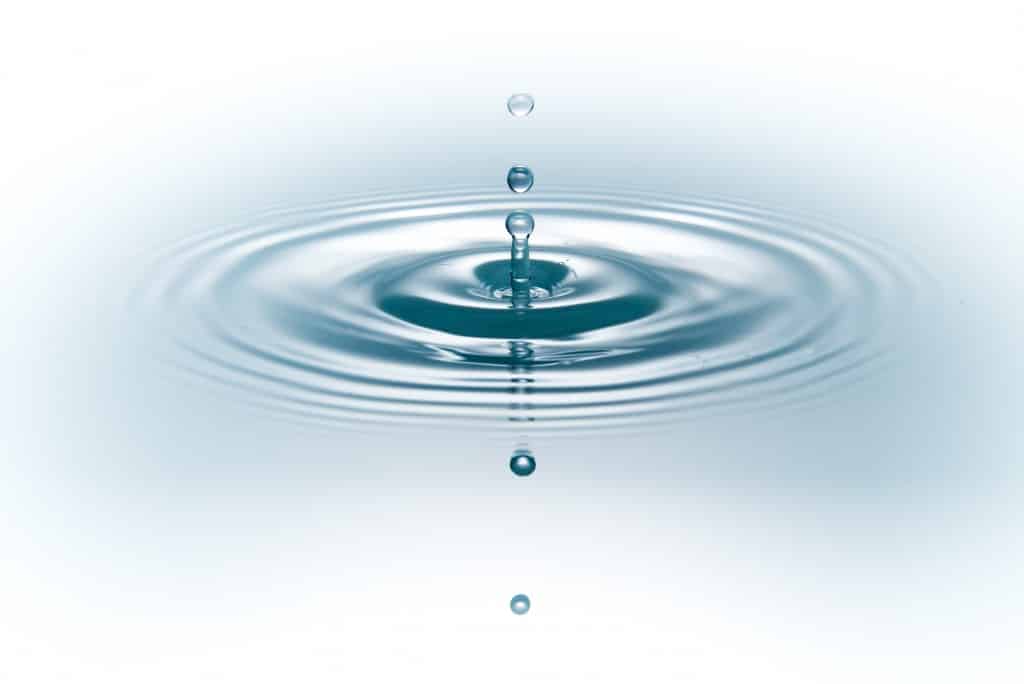Wastewater is the water households and businesses disposed of after use. It is made up of 99.97 percent water, while the rest is dissolved solids and suspended matter. To reuse wastewater either for drinking or non-drinking purposes, it must be treated by a treatment facility run by a public municipal plant or a wastewater treatment company.
Wastewater treatment is a relatively long process of converting wastewater into purer form. Different types of plants do the treatment. It can be a chemical or physical treatment plant or a biological wastewater treatment plant. The former utilizes chemical reactions and physical processes, while the latter employs bacteria and biological matter in treating wastewater. But how does the whole process go?
Stage 1: Collection
Collecting wastewater is the first step in the treatment. Through collection systems, wastewater is disposed of from sources, runs through drainage systems, and transported. Transport is done under standard sanitary protocols.
Stage 2: Odor Control
This is the first process in a treatment plant. Wastewater emits odor, and this must be controlled. After containing the sources of odor, odor treatment follows through the use of strong chemicals, which neutralize the foul smell.
Stage 3: Screening
This is the removal of objects — mostly solid waste — from the wastewater. This is done to ensure that the equipment that will be used in the plant are protected. The removed objects are then disposed of in landfills.
Stage 4: Primary Treatment
This is the process of separating solid matter — macrobiotic solids — from the wastewater. With the wastewater contained in huge tanks, solid matter settles at the bottom forming into a sludge. Sludge is then scraped off and pumped out of the tanks.
Stage 5: Secondary Treatment
With the sludge removed, secondary treatment begins. Seed sludge—small amounts of sludge—is added to make sure that all remaining solids are broken down even further. The tank is aerated for bacteria to grow and consume the organic remnants.
Stage 6: Bio-solids Management
Solid matter that settles from the primary and secondary treatments are led to digesters. Heated at room temperature, the solids are treated for about a month while going through anaerobic digestion. Methane and bio-solids are produced, which are used and recycled, respectively.
Stage 7: Tertiary Treatment
This stage removes up to 99 percent of the wastewater’s impurities. It is technically effluent water that is closest to drinking water. This process, however, can be skipped as it requires very expensive equipment.
Stage 8: Disinfection

Even at this stage, the wastewater still contains harmful bacteria. For 20 to 25 minutes, wastewater is treated with a disinfectant mix: chlorine and sodium hypochlorite. The treated wastewater, now called effluent, is then released to the environment.
Stage 9: Sludge Treatment
Sludge from the primary and secondary treatments are further processed. Through concentration and thickening, they will settle down and be separated from the water. This goes for the whole day. After further aeration, the sludge is then treated again and can be used in agriculture.
Wastewater treatment is a beneficial environmental and biochemical engineering process to reuse water for further household, agricultural, and industrial purposes. It is a mechanism that reduces burden to the environment. It is essentially saving the environment from doing the dirty work.
